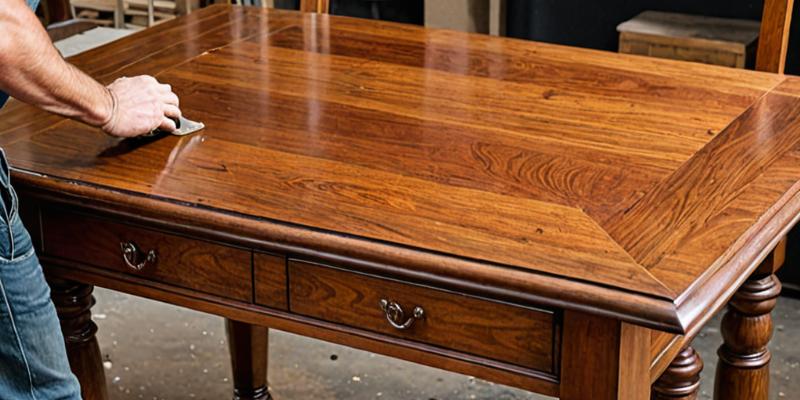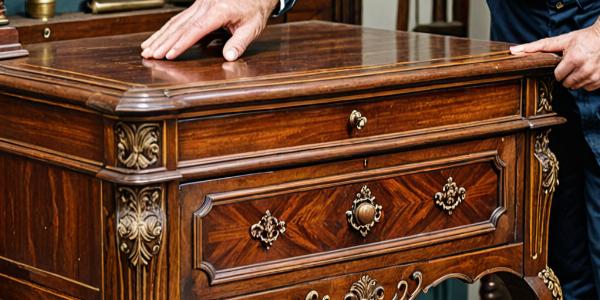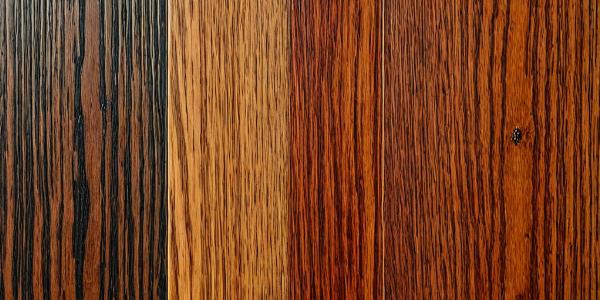
The Complete Guide to Furniture Refinishing
Discover the step-by-step process professional craftsmen use to transform worn furniture into beautiful pieces. From assessment to final finish, learn the secrets of expert refinishing techniques that preserve character while restoring beauty.
Understanding the Refinishing Process
Furniture refinishing is both an art and a science, requiring patience, skill, and attention to detail. Whether you're dealing with a family heirloom or a thrift store find, understanding the proper process ensures beautiful, long-lasting results.
1. Assessment and Preparation
Before beginning any refinishing project, thorough assessment is crucial. We examine the piece for structural integrity, identify the wood species, and determine the existing finish type. This information guides our approach and material selection.
2. Stripping the Old Finish
Removing old finish can be achieved through chemical stripping, sanding, or heat application. Each method has its place depending on the finish type and wood condition. Chemical stripping is often gentler on delicate details, while sanding may be necessary for heavily damaged surfaces.
3. Wood Preparation and Repair
Once stripped, the wood surface is carefully inspected for damage. Scratches, dents, and gouges are repaired using appropriate wood fillers or traditional techniques. The surface is then sanded progressively through various grits to achieve smoothness.
4. Staining and Coloring
Stain selection depends on the desired final appearance and wood characteristics. Penetrating stains enhance natural grain patterns, while gel stains provide more uniform color. Proper application technique ensures even coverage without blotching.
5. Protective Finish Application
The final finish protects the wood while enhancing its beauty. Options include lacquer, polyurethane, shellac, or oil finishes. Each provides different characteristics in terms of durability, appearance, and maintenance requirements.
Professional Tips for Success
- • Always work in a well-ventilated area with proper safety equipment
- • Test stains and finishes on hidden areas before full application
- • Maintain consistent environmental conditions during finishing
- • Allow adequate drying time between coats for optimal results
- • Keep detailed records of materials and techniques used
Remember, refinishing furniture requires patience and practice. While DIY approaches work for simple projects, complex or valuable pieces benefit from professional expertise to ensure the best possible outcome.

